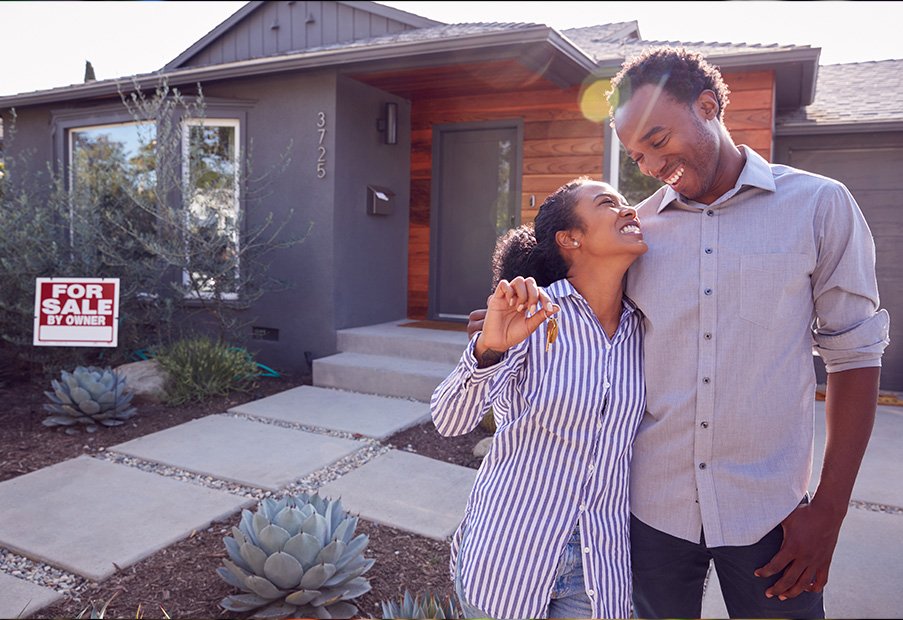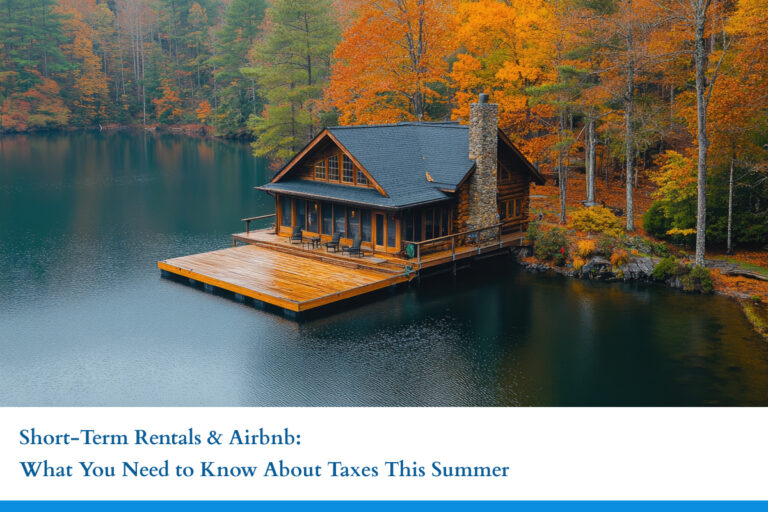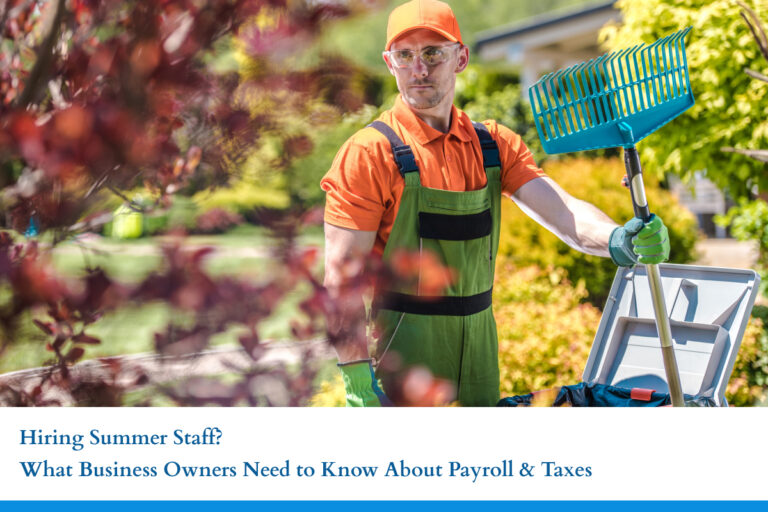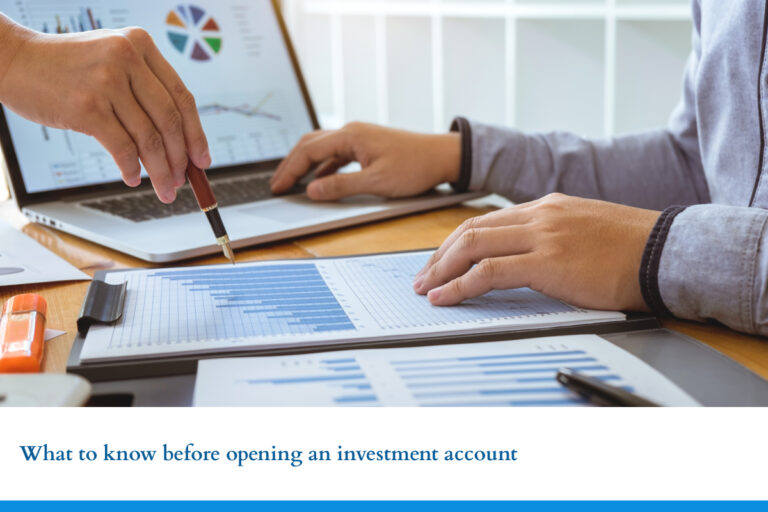We recently offered some advice to people who are working towards the goal of homeownership, with strategies and ideas to help young people save for their first home purchase. You can read that blog here.
But as of this week, there’s a new kid in town: on April 1, 2023, the Tax-Free First Home Savings Account (FHSA) became yet another option to help you save up to buy a house.
This opportunity is specifically geared towards those saving for a first home. Think of it like a blend between a Registered Retirement Savings Plan (RRSP) and a Tax-Free Savings Account (TFSA), with similar tax deductions and investment options (including publicly traded securities, mutual funds, and bonds).
Contributions to the FHSA are tax deductible and eligible withdrawals used to purchase a first home are also non-taxable. That means there’s a considerable financial advantage to opening an FHSA if you’re looking to get into the real estate market for the first time.
In order to have an FHSA, you must be a Canadian resident between the ages of 18 and 71 (although you’ll need to wait until 19 years of age if you’re in some provinces, including British Columbia). It can only be used to buy your first home, so if you’re already a homeowner, you’re out of luck for opening an account.
Contribution limits of $8000 annually and $40,000 over a lifetime apply, but annual amounts can be carried forward to future years if you’re unable to use them. The account can remain active for up to 15 years, unless you turn 71 or make your first qualifying withdrawal before then.
If you’re already tracking the Home Buyers’ Plan (HBP), here’s how the FHSA is different:
• You don’t have to pay it back. Unlike the HBP, which lets you withdraw an amount from your RRSP but requires you to pay it back within a certain time, an FHSA simply allows you a tax-advantaged method to save for your first home.
• There’s no withdrawal limit. You can choose to withdraw the entire amount to purchase a home. The HBP is capped at $35,000.
• There’s no minimum holding period. Withdraw funds as soon as you find your dream home. With the HBP, you’ll need to wait at least 90 days after a deposit.
• The deadline is December 31 for FHSA contributions, unlike the HBP, which is tied to RRSP contributions with a deadline 60 days after the end of the year.
There are a couple of other things to note: you must be buying a home in Canada and use it as your principal residence.
Is $40,000 enough? That’s hard to say, since 10% down payments aren’t unusual, and $400,000 homes (especially in bigger cities like Vancouver) aren’t exactly plentiful right now. Still, every little bit makes a difference. And if you don’t end up using it for a home purchase, you can shift it into your RRSP without penalty.
The newly introduced FHSA will:
• Make homeownership more affordable
• Reduce your taxable income for the year
• Enable you to save towards retirement if you don’t use the funds to buy a home
We recommend getting individualized advice if you’re trying to save up for a home. An accountant can help you navigate all of the avenues to reduce your taxes and save more money, including how to take advantage of the Tax-Free First Home Savings Account. Book an appointment to talk to our team at MMT Chartered Professional Accountants today.





